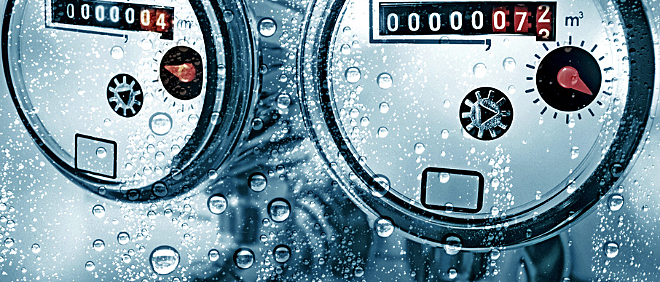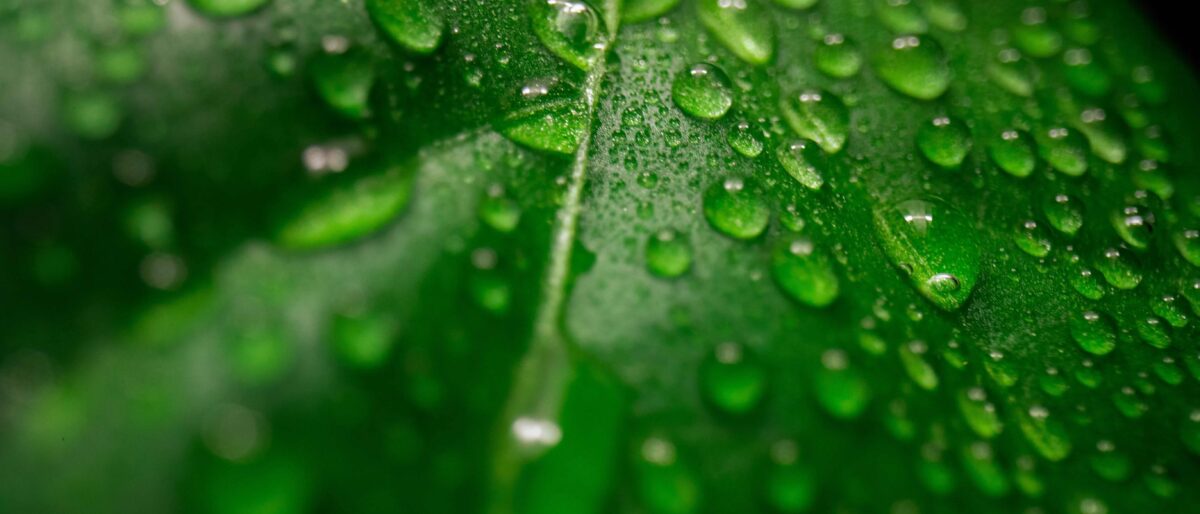Water Recovery at Belgium's largest retailer
LUCAS® Aerobic MBR
AQUALITY® High Recovery RO technology
Halle, Belgium
11.4 m³/h completely disinfected and safely potable drinking water
75% for process water + 25% drinking water feeding drinking water fountains
Organic load: 105 COD/d
2022


Colruyt Group: a pioneer in sustainability aiming to cut its water footprint.
Belgium’s largest food retailer is a disruptive player in the food distribution industry with a very unique vision and strong brand personality. It has also been a pioneer is sustainable development and an early adopter of green energy long before Al Gore’s ‘The Inconvenient Truth’ pivotal introduced the topic in the boardroom. The food retailer was the first to invest in solar power, wind power and is the first and only supplier of hydrogen for cars in Belgium.
The food retailer aims to source half of its total water consumption from purified wastewater and rainwater by 2025. The ambition is be 100% self-providing as from 2030.
Minimal water, energy and detergent consumption
At its brand-new crate washing facility located near the company’s headquarters, the retailer’s washing line will clean 18.000 crates per hour. With 0.5 liter per crate, total water consumption is about 9 m³ per hour or 216m³/day.
After washing the crates, the warm water is cooled and mixed with sanitary wastewater. The different wastewater streams of industrial and sanitary wastewater from different three different locations are collected in a buffer tank of 140 m³ prior to its recycling treatment.
For the reduction of its water footprint, Belgium greenest food retailer partnered with Waterleau, acknowledged pioneer in environmental technologies with a strong vision on sustainable water use.
A technology train designed for maximum water efficiency
For maximal efficiency and minimal water footprint, Waterleau designed a biological wastewater treatment solution in tree steps:
- The technology train comprises a first membrane bio reactor step for treatment of the crate washing wastewater as well as the sanitary wastewater.
- In the second step, the effluent is mixed with rainwater and further valorized by an advanced RO technology - Aquality® High Recovery Reverse Osmosis (HRRO) – that allows to increase water recovery from 70-75% in a conventional RO to up to 90%.
- In the third step, the water is sent through an active carbon filter and further to UV treatment and chlorination. Finally, the filtrate is reused as process water and partly mineralized for drinking water use.
Colruyt Group is a pioneer in sustainable development. A beautiful example of a dedicated vision & green philosophy and its responsible water use stewardship.

The process and technology train
Use of chlorinated detergents
In the washing process, chlorinated soaps are added to the washing water, introducing chloroform and Adsorbable Organic Halogen Compounds (AOX) in the wastewater. A downstream active carbon filtration removes the concentrates.
Sanitary wastewater with high conductivity
The low flow sanitary wastewater is characterized with a higher organic load, phosphor and nitrate concentration, TSS and conductivity.
The washing wastewater and sanitary wastewater are mixed and stored in a buffer tank prior to the biological treatment and membrane filtration.
Biological treatment and Membrane Filtration.
The mix of crate washing and sanitary wastewater totaling a 11,8m³/h flow, is treated in a LUCAS® Membrane Bio Reactor, compromising of a biological treatment followed by a membrane ultrafiltration in an external loop adjacent to the biological treatment. The biological treatment process consists of a non-aerated denitrification tank feeding the aerated nitrification tank through gravity. During nitrification, nitrogen is turned into nitrate while COD & BOD are turned into sludge and effluent water. In the denitrification, nitrate is transformed into nitrogen gas.
The MBR filtrate, free of suspended solids, is pumped downstream to the water buffer tank prior to a high recovery reverse osmosis step for the production of drinking water. Sludge from the ultrafiltration is recirculated into the biological treatment. The small volume of excess sludge is stored in a sludge storage tank and discharged from time to time.
The LUCAS® membrane tubes are set-up in an external loop as an alternative to submerging free membranes into the bioreactor. The closed membrane solution prevents odor nuisance, allows easy maintenance as well as a putting in place a very safe Cleaning In Place (CIP) system.
Let's hope this case triggers other industries to reuse wastewater and sanitary wastewater as quality process water and even safe drinking water.

After biological treatment and membrane ultrafiltration, the 11.8 m³/h filtrate flow is stored in a buffer tank together with an additional rainwater flow of 0,9 m³/h coming from the Dassenveld crate washing facility roof.
High Recovery Reverse Osmosis & Active Coal Filtering
The High Recovery Reverse Osmosis is an advanced technology capable of boosting water recovery up to 90% water recovery compared to conventional reverse osmosis while reducing waste production. In the skidded HR-RO system, recovery is achieved in time with recirculation and not in space with multiple membrane stages in series (conventional RO).
With its limited risk for fouling, scaling and clogging, High recovery reverse Osmosis reduces cleaning intervention extending membrane lifespan, keeping OPEX low.
The RO permeate can contain AOX and free chlorines. Active Coal Filtration (ACF) after the HRRO removes the free chlorines and AOX and also some residual organic material.
After HRRO, the permeate flow (11,43 m³/h) is ready for use as a safe resource for food processing and compliant with Belgian Law (KB N.2002-1006 19/03/2002) and European directive EC 1935/2004.
A complementary UV-AOP for disinfection and residual TOC removal makes sure the water is free of bacteria. After final chlorination, the ready-to use drinking water is stored into 2 separate tanks. One serves as process water buffer feeding the crate washing equipment, the second tank feeds in the food retailers’ drinking water infrastructure.
Sludge treatment and concentrate discharge
The HR-RO concentrate is high in concentration, but with a flow of 1,3m³/h, also low in volume. This concentrate stream will be discharged to the sewer. Switching from a concentration-based discharge regulation to a load-based discharge regulation (Blue Deal regulation in Belgium) makes is possible to to discharge the concentrated stream also to surface water if needed.
Today, the excess sludge is stored, dewatered and sent to landfill. In the future, it can be discharged together with the concentrate stream. Another option is being considered: with further dewatering the dried sludge can be used as a fertilizer for the food retailer’s vegetable farm, as an additional step towards a circular economy.
The full Waterleau technology includes following step:
- Influent screen -sand trap
- Aerobic treatment with Membrane bioreactor ultrafiltration (MBR)
- Filtered buffer tank
- High Recovery Reverse Osmosis
- Active carbon filter
- UV-AOP treatment for disinfection and residual TOC removal
- Disinfection (chlorination)
- Tank 1: Remineralization for drinking water purpose
Another small step in the food retailer’s leap to a sustainable future.
With environmental protection in its DNA, Belgium’s largest Food Retailer is speeding up efforts to become eco-neutral by 2030. Investing in wind, solar energy and hydrogen, reducing the water footprint is the next hurdle in the group’s sustainable development strategy: reducing water consumption, use of alternative water sources, maximal water efficiency and water re-use are the milestones on the road to tap-water independency. Choosing efficient and smart solutions, carefully considering OPEX and CAPEX but since its creation, always considering sustainability and environmental protection in every project, no matter its size.
The crate washing facility wastewater recovery project is an emblematic example of the retailers’ green philosophy.
Ready to take the first step towards unlocking your savings potential?
Discover how much money and water you can save by harnessing the power of water recovery.
Start your journey towards sustainability and cost-effectiveness today. Don't miss out on this opportunity to transform your business with water recovery.
Other Cases

A capex-free upgrade for Martens Brewery
A new treatment strategy materialized in an out-of-the-box approach and a long-term partnership.

Sapphire Finishing Mills

Sustainable Brewing in Colombia: How Waterleau's BIOTIM® UASB Transforms Central Cervecera
The CCC Brewery treats different wastewater & waste streams before safe discharge to the open water bodies.
Find your local contact
Our expertise is always within reach. Digital communication has cut long distances short, but we advocate the traditional way of sharing insights.
Contact us today. We are looking forward to help you reach your sustainable development goals.




